A pulse oximeter is a small and light device that looks like a clip. You attach it to a part of your body like the fingers, toes, or earlobes as a non-invasive way of measuring your oxygen saturation level. These devices can quickly detect even the slightest changes of oxygen levels in your blood to see how much of it is carried to the extremities far away from the heart i.e. hands and legs.
Oximetry refers to the measuring and monitoring of the level of saturation of oxygen in the blood.
Contents
The heart rate is defined as the estimated number of times that the heart contracts per minute. Normal heart rate ranges between 60 and 100 beats per minute for adults.
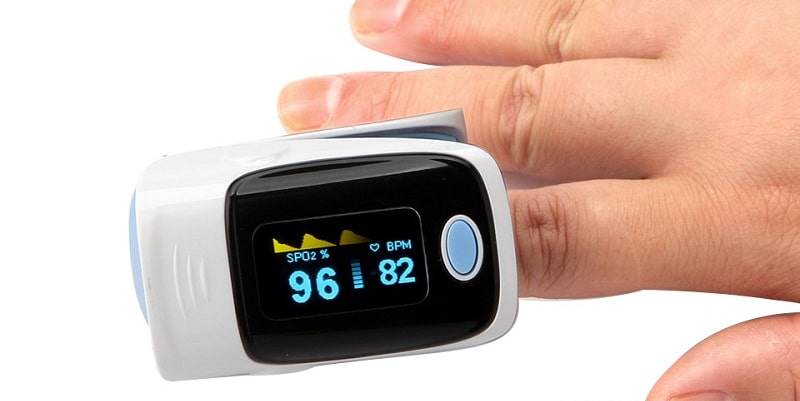
When the heart beats, it forces blood to be transported throughout the body. During each contraction, blood gets squeezed into the capillaries slightly increasing their capacity. The volume decreases between the heartbeats. As a result, there are changes in the amount of light such as red or infrared light that gets transmitted through the capillaries. Although these fluctuations are quite minute, they get can be measured by the pulse oximeter.
The measurement is done by assessing the oxygen-carrying pigment found in red blood cells – hemoglobin. The pigment can exist in the oxidized or reduced forms denoted as HbO2 and Hb respectively.
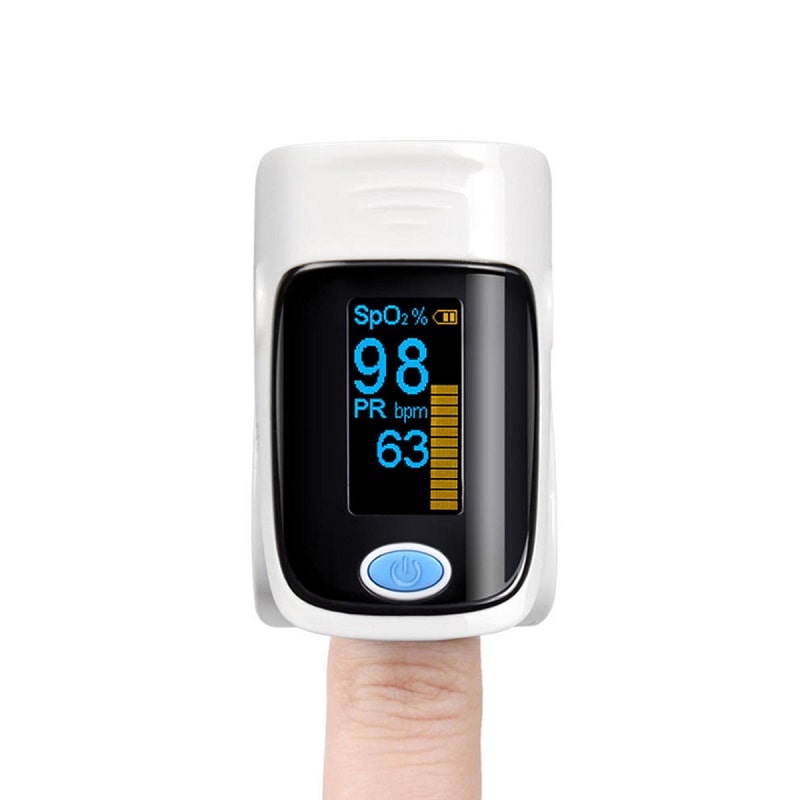
One interesting fact about hemoglobin is that it reflects and absorbs light. This property makes it possible to compare the relative intensities.
The level of blood oxygen saturation is usually expressed as a percentage. The normal reading of a healthy person should be 95% or higher. A SpO2 of below 92% suggests that the blood is poorly saturated with oxygen. Insufficient oxygen levels can result in several health problems like chest pain, increased heart rate, and shortness of breath.
These devices are commonly used in critical care settings like hospital emergency rooms, by pulmonologists in their office to check the pulse, by pilots in unpressurized aircraft, or by fitness enthusiasts in gyms.
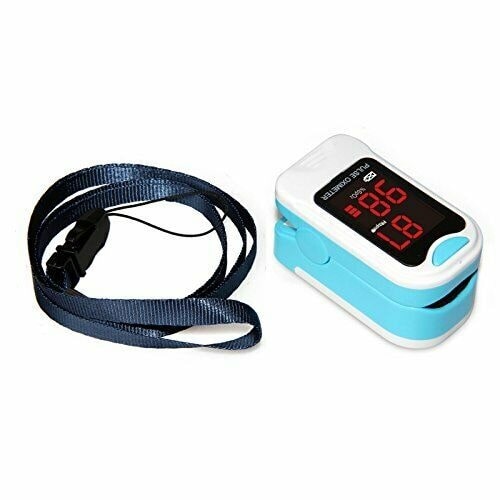
There are two main methods through which a pulse oximeter works:
In a nutshell, a pulse oximeter works by measuring changes in frequencies of light absorption in oxygenated and deoxygenated blood.
Once the test is done, the caregiver will determine what mode of treatment is appropriate. If you’re using it at home, consult with a doctor on what to do if the readings go above or below a certain reading.
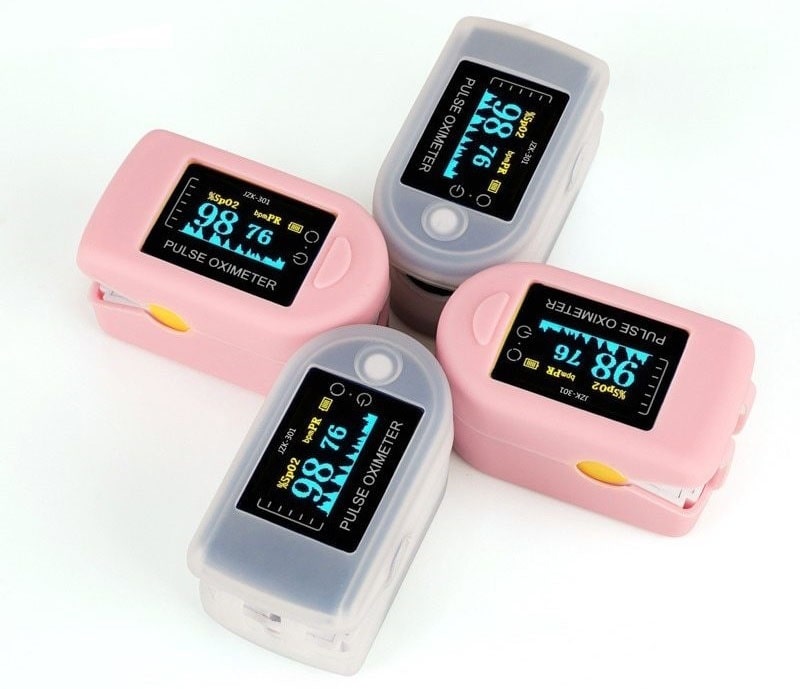
The main reason for which a pulse oximeter is used is to check how effective the heart is in pumping oxygen through the blood vessels. It’s commonly used to monitor the health of individuals with the following conditions:
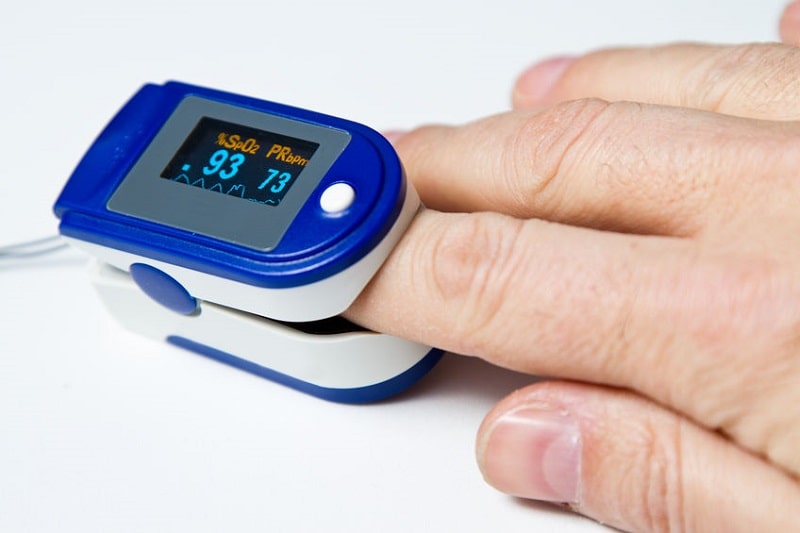
A pulse oximeter must give accurate readings. How do you choose one that is best for your needs? Here are some questions that you need to ask yourself:
You can count on these heart rate monitoring devices to give you a quick and accurate insight on your blood oxygen levels. This is very empowering as it allows you to respond quickly to any alarming changes depending on your lifestyle.
The human eye cannot be trusted to make a trustworthy judgment when it comes to detecting a person’s oxygenation status. If you have hypoxia resulting from heart conditions or breathing problems you should get a personal pulse oximeter for in-house use to get objective results that are more reliable.
To get pulse rate instantly you can check out – Best Blood Pressure Watch
 |
 |
 |
 |